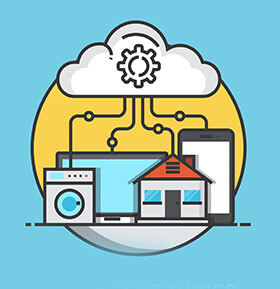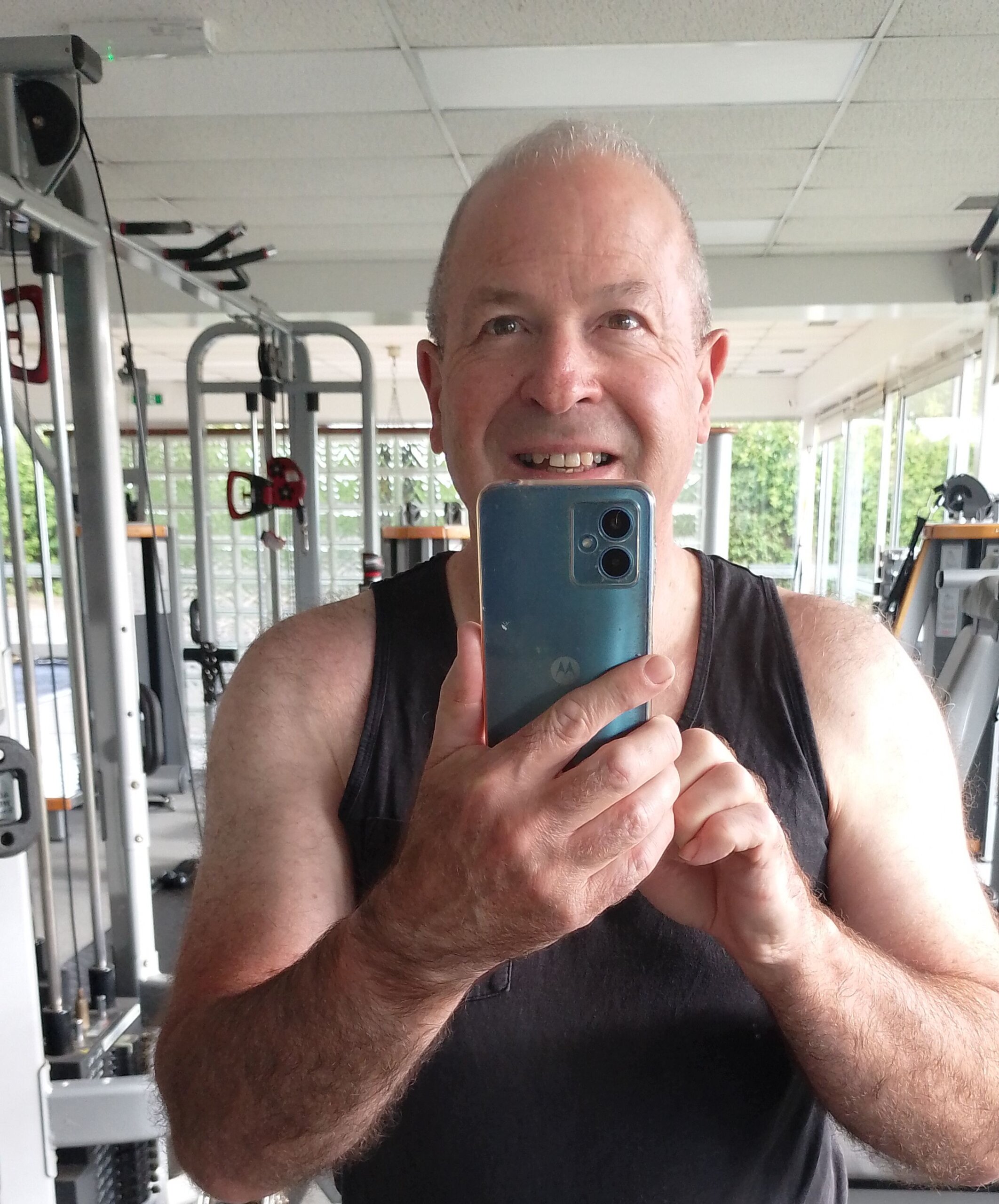“You don’t get old and stop moving. You stop moving, and that’s why you get old.”
This isn’t just a quote. It’s a warning—and an opportunity.
At 65, I decided to prove that age was a number, not a sentence. With a little discipline, a lot of curiosity, and a mindset wired for systems (thanks to my solopreneur journey), I transformed my body in under two years.
But here’s the twist: I didn’t spend hours a day grinding at the gym. Instead, I took a smarter approach. One inspired by books like The 4-Hour Body by Tim Ferriss—and rooted in the mindset of testing, tracking, and tweaking systems.
If you’re 45+ and feeling like your best years are behind you, this post is a wake-up call. Let’s break down how The 4-Hour Body aligns perfectly with the Fit at 65 lifestyle—and how to apply both without burning out.
1. The 80/20 Rule of Fitness for Busy People
Tim Ferriss is famous for asking: What’s the 20% of effort that delivers 80% of the results?
That’s the golden thread running through The 4-Hour Body. And it’s the same logic I used in my own transformation.
I didn’t follow fads. I focused on:
-
Compound movements (deadlifts, rows, presses)
-
Progressive overload (gradually increasing weights)
-
Consistency (every 2 days, no matter what)
Most guys my age are still doing the same 1980s routines—or worse, nothing at all. The key is building a system that compounds. A flywheel.
🔥 Try This: Commit to 3 exercises every other day for 6 months. Add weight or reps each week. Track it. Watch what happens.
2. Minimum Effective Dose (MED)
One of Ferriss’ boldest claims is that you can build muscle and lose fat with surprisingly little time in the gym. The trick? Finding your Minimum Effective Dose—the smallest input for the biggest output.
In Fit at 65, I adopted this ruthlessly:
-
My workouts: 60–75 mins every 2 days
-
Warm-up → Weights → Core → Finisher (like ski machine or rower)
-
Then I left. No fluff. No ego.
It’s the opposite of the “more is better” mindset. It’s better is better.
🔥 Try This: Pick one core lift (like the trap bar deadlift). Track your working weight for 3–5 reps. Focus only on improving that over 3 months. Don’t add fluff until you master this.
(I recently achieved my trap bar deadlift goal of 120 kg and I am now on a 12 week programme to lift 150 kg x 1 max rep. Wish me luck!
3. The Power of Measurement
“The act of measuring something changes the way you behave.” — Tim Ferriss
In The 4-Hour Body, Ferriss obsessively tracks metrics: fat percentage, strength, sleep quality, even sexual performance. Why? Because what you measure, you can improve.
In my own journey, I kept a log of:
-
Weight (stayed around 89kg)
-
Lifts (especially deadlift and squats)
-
Gym visits (every 2 days, no excuses)
-
Energy levels and recovery
What I noticed? Muscle went up. Fat went down. My weight stayed the same—but I looked and felt completely different.
🔥 Try This: Choose 3 metrics to track weekly. For example: weight lifted, sleep hours, and waist measurement. Watch how even just tracking shifts your behavior.
4. The Slow Carb Diet (With Wisdom)
Ferriss introduces a nutrition approach called the Slow Carb Diet—high protein, low glycemic index carbs, and a weekly cheat day.
While I didn’t follow it to the letter, I used the principle: eat clean, simple, repeatable meals most of the time—then loosen up once a week.
-
Eggs, lean meat, veg, beans
-
Avoided “white” carbs (bread, pasta, etc. Also, cut back on sugar/puddings .)
-
Ate for fuel, not for dopamine
I didn’t count calories. I just got honest about what made me feel energized vs sluggish.
🔥 Try This: Eat the same breakfast and lunch for 5 days straight—something clean and simple. Save variety for dinner or cheat day.
5. The Identity Shift
The most powerful change wasn’t in my body. It was in my identity.
Ferriss says, “Behavior change is identity change.” If you still see yourself as “just getting older” or “not a gym person,” your results will reflect that.
I began to think of myself as an athlete in training. I wasn’t going to the gym “to lose weight”—I was showing up for who I was becoming.
🔥 Try This: Give yourself a new label. “I’m someone who trains consistently.” “I’m someone who’s strong, focused, and disciplined.” Say it until it feels true.
( Watch this video about the importance of identity shift.)
🔟 Key Takeaways From The Above Video
-
-
-
Conventional Fitness Wisdom is Broken
Most fitness programs rely on motivation, willpower, diets, and exercise plans—but 95% of people who get in shape lose their results. Why? Because they never changed their identity. -
True Transformation Starts in the Mind
Long-term physical change comes not from external effort but from internal identity shift. You must become the version of yourself who effortlessly eats well and trains. -
Your Current Identity Was Programmed
Your subconscious identity—how you see yourself physically—was shaped by family, society, and your environment. Until you rewrite that, you’ll keep self-sabotaging. -
Step 1: Create Your New Physical Identity
-
Write “This is who I am” at the top of a page.
-
Give your new fit self a nickname and an animal persona.
-
Describe in vivid detail how you look, feel, move, dress, and carry yourself.
-
Choose a powerful present-tense affirmation like: “I have the body of a Greek god.”
-
-
Step 2: Integrate This Identity Daily
-
Read your identity document every morning and night.
-
Visualize yourself already being this version.
-
Don’t try to “become” it—own it now. You are not “on a journey,” you’ve already arrived.
-
-
Step 3: Let Action Flow From Identity
-
Once the identity shift locks in, daily exercise and eating well become as normal as brushing your teeth.
-
Start simple: 30 minutes of movement (walk, jog, pushups) and a clean, tracked diet is enough to begin.
-
-
Ditch the Hustle. Embrace Alignment.
When your identity aligns with your physical goals, discipline becomes automatic. You no longer try to act healthy—you are healthy. -
Use a Simple Tool for Diet Tracking
Zeno recommends the free app Cronometer to manage food intake without obsessing over macros. It auto-calculates what you need based on your goal and body. -
Avoid the Fitness Industry Trap
Programs that skip identity work are doomed to fail. You don’t need fancy diets, trainers, or supplements—you need internal congruence. -
This is Who You Are Now
Read your identity document daily. Visualize it. Feel it. Live as if it’s true—because your subconscious doesn’t know the difference. Soon, neither will your mirror.
-
-
🧠 Final Insight:
Your identity is the hidden engine behind all lasting change. If you don’t see yourself as the person you want to become, you’ll unconsciously sabotage the process—even if you follow all the “right” steps.
This approach isn’t just about body transformation—it’s a spiritual reset disguised as a fitness plan.
6. The Social Factor
This isn’t in Ferriss’ book—but it’s vital for us older solopreneurs. My gym became my third place—not work, not home, but a community.
-
I learned from younger lifters and staff
-
I shared my progress
-
I got encouragement when I needed it
At 65, you can still build muscle—but even more importantly, you can build momentum and community.
🔥 Try This: Find a gym or space where you feel respected. Make friends with one staff member or lifter. Ask questions. Share your goals. Human connection is performance-enhancing.
7. Recovery as a Strategy
The older we get, the more we must respect recovery as much as training.
Ferriss talks about cold therapy, compression, supplements—but for me it came down to:
-
Getting proper sleep
-
Active recovery (walking, stretching)
-
Listening to my body
No hustle. No guilt for rest. Just treating my recovery like an investment.
🔥 Try This: Block out recovery time in your calendar—just like a client call or launch date. Build in 1–2 light days per week. Your future self will thank you.
8. From Solopreneur Hustle to Systemized Health
As solopreneurs, we systemize our funnels, our emails, our content—but what about our body?
Combining The 4-Hour Body mindset with my Fit at 65 experience helped me see that health can be automated. Not by removing effort, but by removing unnecessary decision fatigue.
I knew what I was doing every gym session. I knew how I was eating. I had structure. And structure set me free.
🔥 Try This: Create a basic weekly health system:
-
Monday, Wednesday, Friday = training days
-
Breakfast = eggs + veg
-
Lunch = protein + beans
-
Saturday = off-plan day
-
Sunday = prep + reflect
Set it once. Then tweak.
Final Thoughts: Aging Doesn’t Mean Slowing Down—It Means Getting Smarter
The 4-Hour Body taught me how to approach health like a hacker. Fit at 65 proved that it works—even for a 67-year-old man who started with no six-pack, no coaching, and no gimmicks.
If you’re a digital creator, business builder, or everyday man in his 40s, 50s, or beyond—this is your sign. You don’t need perfect genes. You don’t need 10 hours a week.
You need a system. A reason. And the willingness to start.
Because strong isn’t just how you look. It’s how you live.
Resource: Want to See My Full Transformation?
👉 Download my free Fit at 65 PDF guide here
It covers my routines, mindset tips, and the exact process I used to rebuild my body and energy.






